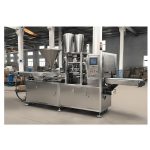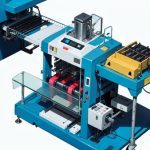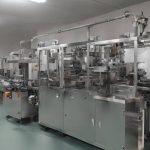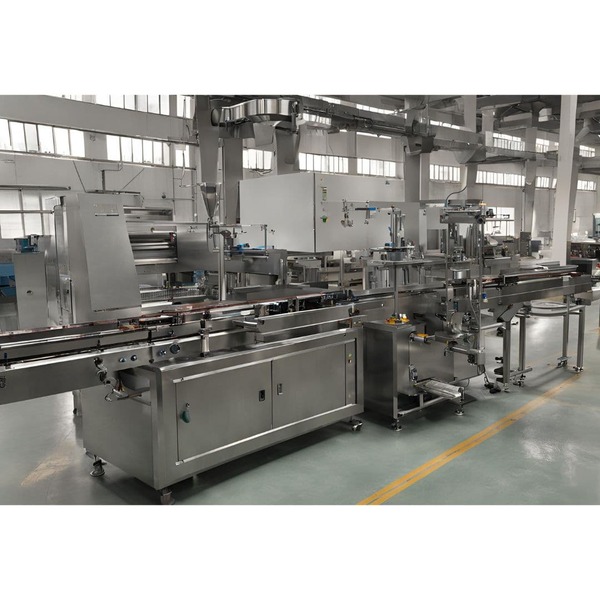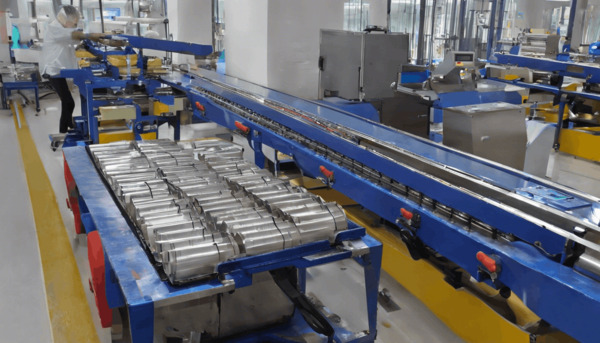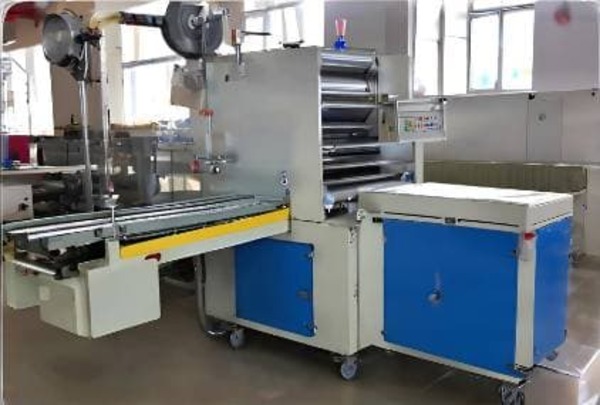
Understanding Bubble Wrap and Its Uses
Bubble wrap is a popular packaging material known for its cushioning properties, which protect fragile items during shipping and handling. It consists of a sheet of plastic with regularly spaced, protruding air-filled bubbles. The air bubbles act as a cushion, absorbing shock and reducing the risk of damage to the contents. Bubble wrap is commonly used in various industries, including e-commerce, logistics, and manufacturing, due to its lightweight and protective nature.
Why Cutting Bubble Wrap Properly Matters
Cutting bubble wrap accurately is essential for ensuring that the material fits the items being packaged without unnecessary waste. Proper cutting techniques can help maximize the use of bubble wrap, reduce costs, and improve the efficiency of packaging operations. Additionally, precise cutting can enhance the presentation of packaged goods, which is particularly important for businesses that value aesthetics and customer satisfaction.
Tools for Cutting Bubble Wrap
Several tools can be used to cut bubble wrap effectively. The choice of tool depends on the volume of bubble wrap being cut and the precision required. Here are some common tools:
Scissors
Scissors are a simple and accessible tool for cutting bubble wrap. They are suitable for small-scale operations or when only a few cuts are needed. When using scissors, ensure they are sharp to avoid tearing the bubble wrap and to achieve clean cuts.
Utility Knife
A utility knife is ideal for cutting larger sheets of bubble wrap or when more precision is required. It allows for straight cuts and can be used with a straightedge or ruler to guide the blade. Always use a cutting mat or protective surface to prevent damage to the underlying surface.
Rotary Cutter
A rotary cutter is a tool often used in fabric cutting but can also be effective for bubble wrap. It features a circular blade that rolls along the material, providing smooth and precise cuts. This tool is particularly useful for cutting multiple layers of bubble wrap simultaneously.
Automated Cutting Machines
For large-scale operations, automated cutting machines can significantly increase efficiency. These machines can be programmed to cut bubble wrap to specific dimensions, reducing manual labor and ensuring consistency. They are typically used in industrial settings where high volumes of bubble wrap are processed.
Best Practices for Cutting Bubble Wrap
Regardless of the tool used, there are several best practices to follow when cutting bubble wrap:
Measure Twice, Cut Once
Before cutting, measure the item to be wrapped and add a few extra inches to ensure complete coverage. Double-check measurements to avoid mistakes and waste.
Use a Straightedge
For straight cuts, use a straightedge or ruler to guide the cutting tool. This helps achieve clean, even cuts and reduces the risk of jagged edges.
Maintain Sharp Tools
Ensure that scissors, knives, or rotary cutters are sharp. Dull blades can tear the bubble wrap, leading to uneven cuts and potential damage to the material.
Work on a Stable Surface
Always cut bubble wrap on a stable, flat surface to maintain control over the cutting tool and prevent accidents. A cutting mat can protect surfaces and provide a better cutting experience.
Conclusion
Cutting bubble wrap effectively is a crucial step in the packaging process, ensuring that items are adequately protected while minimizing waste. By selecting the right tools and following best practices, individuals and businesses can enhance their packaging operations, improve efficiency, and reduce costs. Whether using simple scissors or advanced automated machines, the key is to prioritize precision and care in handling this versatile material.
